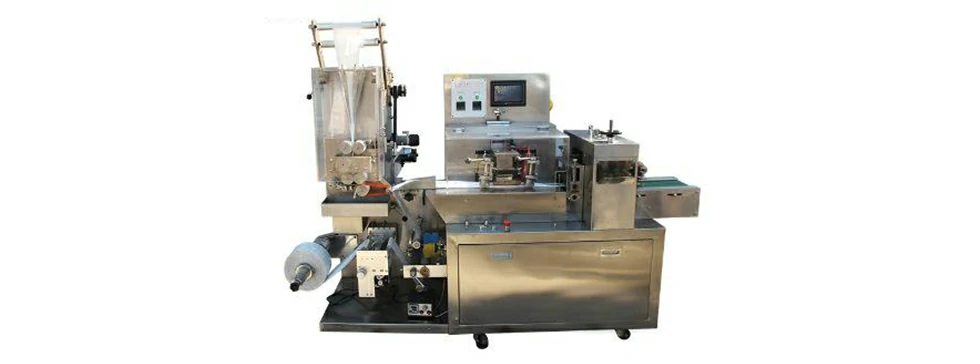Ensuring proper lid placement and alignment on containers in a disposable wet wipes making machine involves several mechanisms and processes:
- Precise Feeding Systems: The machine uses precise feeding systems for both lids and containers to ensure consistent and accurate placement. This includes mechanisms that guide and position lids and containers before the capping process.
- Sensors and Vision Systems: Integrated sensors or vision systems detect the positions and orientations of containers and lids. These systems verify alignment before capping and provide real-time feedback to the machine’s control systems.
- Adjustable Gripping Mechanisms: Grippers or chuck assemblies designed to hold lids are often adjustable to accommodate variations in lid sizes, shapes, or materials. This adjustability ensures proper grasping and placement of lids onto containers.
- Alignment Stations: Some machines incorporate specific alignment stations or mechanisms where lids and containers are precisely aligned before the capping process. This step ensures that lids are correctly positioned before application.
- Capping Heads and Sealing Mechanisms: Capping heads or sealing mechanisms are engineered to apply the lids onto containers with precision and accuracy, ensuring consistent and even placement across multiple containers simultaneously.
- Automated Positioning: The machine’s automation ensures that lids are positioned and placed onto containers accurately and consistently, minimizing variations in lid placement from one container to another.
- Feedback-Controlled Adjustments: The machine may have feedback loops that adjust capping or sealing mechanisms based on real-time sensor data, ensuring corrections for any deviations in lid placement or alignment.
- Customizable Settings: Machines often offer customizable settings for different lid designs or container types, allowing operators to adjust parameters to achieve proper lid placement and alignment.
- Quality Control Checks: After lid application, integrated quality control checks verify that lids are correctly placed and aligned. This helps in early detection of any issues in lid placement, ensuring uniformity and consistency.
By integrating these mechanisms and systems, disposable wet wipes making machine disposable wet wipes making machines ensure precise and uniform lid placement and alignment on containers, contributing to product quality and reliability.
What materials are commonly used for the lids applied by the disposable wet wipes making machine ?
The lids used in disposable wet wipes packaging can be made from various materials, each offering specific properties and functionalities.
Common materials used for these lids include:
- Plastic:
- Polyethylene (PE) or Polypropylene (PP): These plastics are commonly used for lids due to their flexibility, durability, and cost-effectiveness. They can be molded into different shapes and sizes to fit various container types.
- PET (Polyethylene Terephthalate): PET lids provide excellent clarity and are often used in clear or transparent packaging. They offer good chemical resistance and are recyclable.
- Aluminum Foil:
- Aluminum foil lids are used for their excellent barrier properties, providing protection against moisture, light, and oxygen. They offer airtight and tamper-evident sealing, ensuring product freshness and safety.
- Paperboard/Cardboard:
- Paper or cardboard lids are often used in eco-friendly or sustainable packaging. They are biodegradable and can be coated for moisture resistance. They are generally used for non-liquid products or in conjunction with inner sealing materials.
- Composite Materials:
- Composite materials, such as laminates of plastic and foil or paper, offer a combination of properties. For instance, a plastic layer may provide flexibility, while a foil layer offers barrier properties.
- Specialized Films or Coatings:
- Specialized films or coatings, such as heat-sealable films or coatings, are applied to lid materials to enable a secure seal onto the wet wipe containers. These materials often enhance the sealing properties and ensure proper adhesion.
The choice of lid material depends on factors like product requirements (moisture resistance, barrier properties), sustainability goals, cost considerations, and the specific packaging machinery used in the wet wipes manufacturing process. Manufacturers select lid materials that align with product protection, marketing objectives, and environmental considerations.
